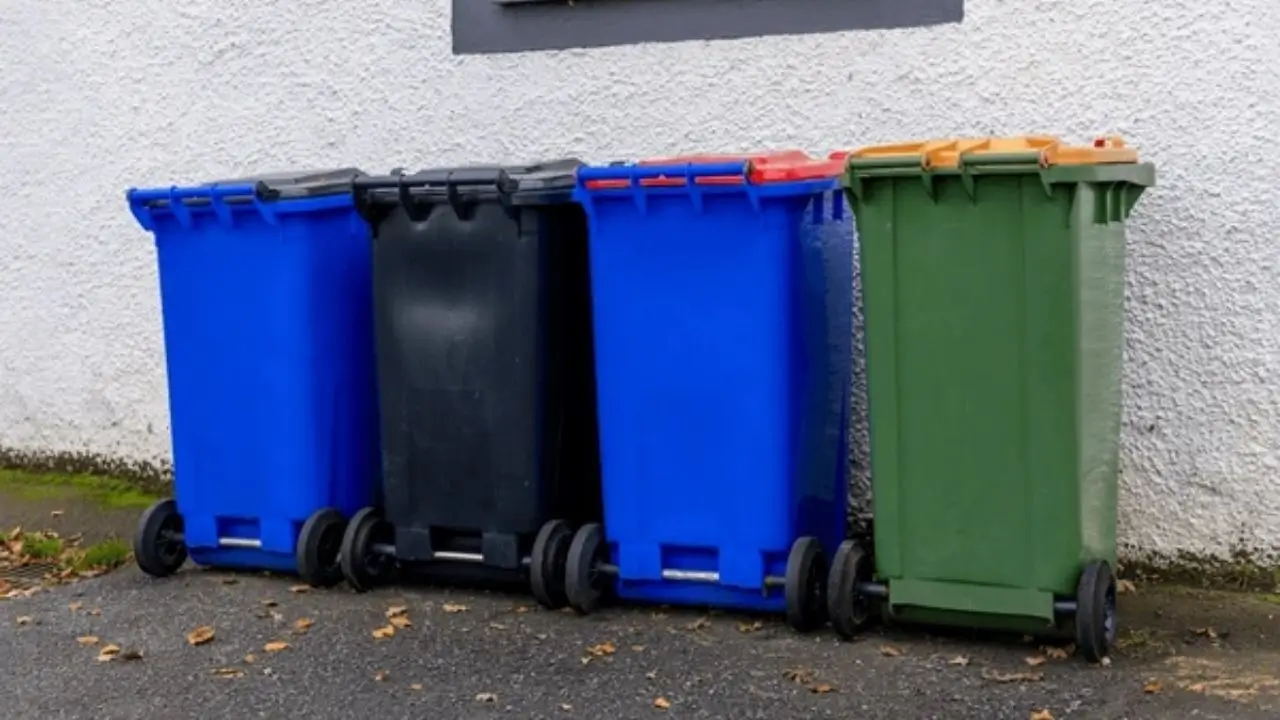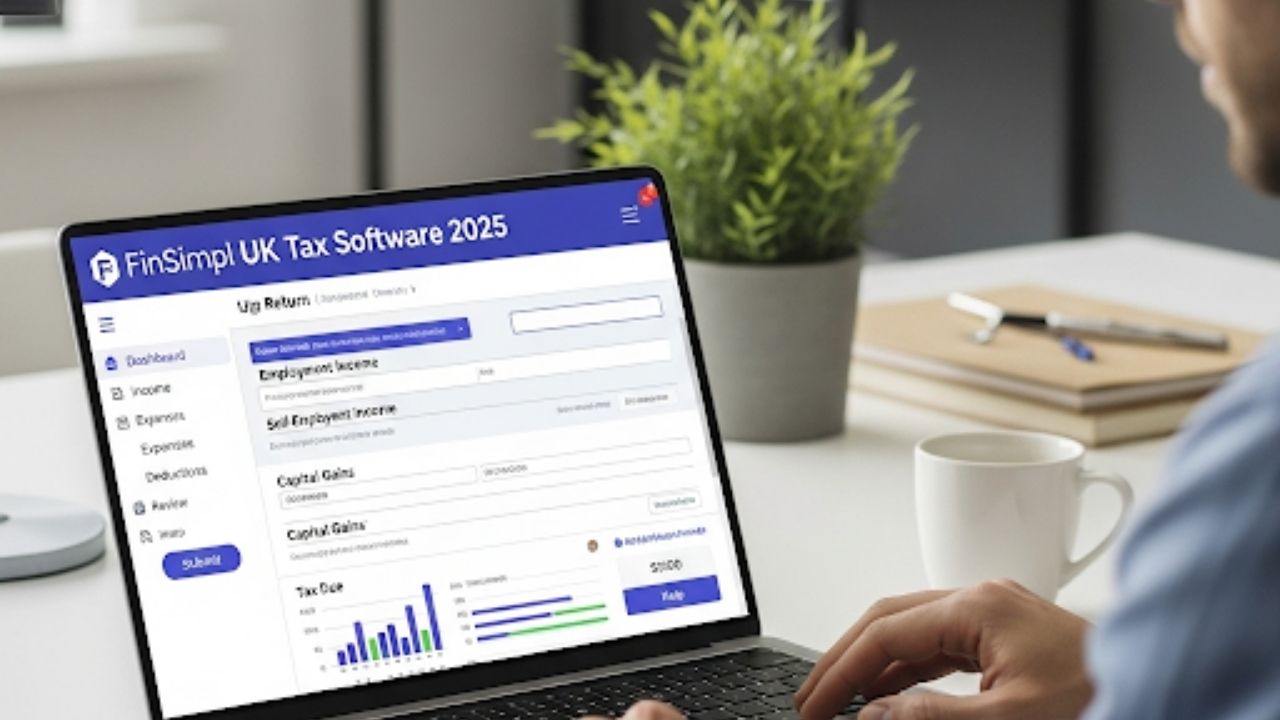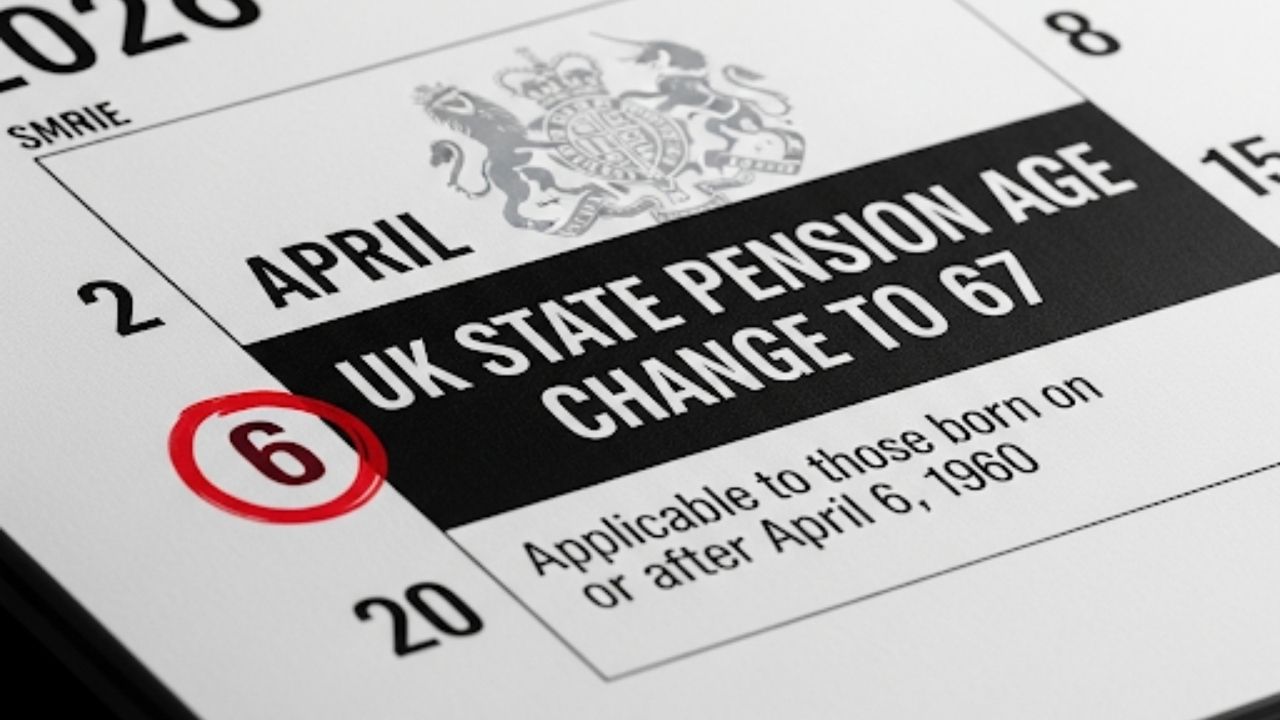Millions of households across the country are set to receive new food waste bins as part of a nationwide environmental initiative to increase recycling and reduce greenhouse gas emissions. The government has mandated that all local authorities in England provide separate, weekly food scrap collections, with most changes expected to be implemented by 2026.

New Bin Collection Rules Rolled Out
| Key Fact | Details |
| New Requirement | Weekly separate food waste collections for all households. Defra Simpler Recycling Reforms |
| What You Get | A small kitchen caddy and a larger, lockable outdoor bin. |
| Primary Goal | Divert food waste from landfill to reduce methane emissions. UN Environment Programme |
| Timeline | Phased rollout, with most councils to comply by 2026. |
Why New Food Waste Bins Are Being Introduced
The nationwide rollout is a central part of the government’s updated waste and recycling strategy, aimed at tackling climate change and creating a more circular economy. According to the Department for Environment, Food & Rural Affairs (Defra), when food waste is sent to landfill, it decomposes without oxygen and produces methane, a greenhouse gas significantly more potent than carbon dioxide.
“Separating food scraps is a simple but powerful action every household can take to help protect our environment,” said an Environment Minister in a recent statement. “This policy will transform our waste system, turning unavoidable food waste into a valuable resource while significantly cutting harmful emissions.”
The new council waste strategy aligns with legally binding national targets to recycle 65% of municipal waste by 2035. Currently, a significant portion of general waste consists of food scraps, which this new system aims to capture.

How the New Collection System Will Work
For most households, the new system will involve two components: a small container, often called a ‘kitchen caddy’, for indoor use and a larger, secure bin for kerbside collection. Residents will be instructed to collect all raw and cooked food leftovers—including meat, fish, bones, dairy, and vegetable peelings—in the caddy before transferring them to the outdoor bin.
What Can You Put in Your Food Waste Bin?
- All uneaten food and plate scrapings
- Tea bags and coffee grounds
- Out-of-date food (no packaging)
- Meat, fish, and bones
- Fruit and vegetable peelings
- Bread, cakes, and pastries
Collections for the new food waste bins will typically occur weekly to prevent odours and pests. The collected material is then sent for processing at anaerobic digestion plants, where it is broken down to produce biogas for energy and a nutrient-rich biofertiliser for agriculture.
Local Councils Face Funding and Logistical Hurdles
While the environmental benefits are clear, the implementation presents significant challenges for local authorities. The Local Government Association (LGA), which represents councils across England, has highlighted the substantial costs associated with the programme.
“Councils are fully committed to improving recycling services, but this national rollout requires major upfront investment in new vehicles, containers, and public awareness campaigns,” an LGA spokesperson commented. “We are in continuous dialogue with the government to ensure local authorities receive the necessary and sustained funding to deliver these critical changes without impacting other essential services.”
Dr. Adam Read, a waste management expert at University College London, added that public engagement is vital. “The success of this scheme hinges on clear communication,” Dr. Read explained. “Residents need to understand why this change is necessary and how to use the service correctly. Consistency across council borders will be key to avoiding confusion.”
Potential Recycling Collection Changes
The introduction of separate food waste collections may also lead to other recycling collection changes. Some councils are considering reducing the frequency of general waste collections from fortnightly to every three weeks. This “reduce and recycle” approach is designed to maximise the amount of food and dry recycling captured by making residents think more carefully about what they throw away.
Officials state that with food scraps removed, general waste bins should contain less organic, smelly material, making less frequent collections viable. However, such proposals are often subject to extensive local consultation before being approved.

The government has indicated that it expects councils to communicate any planned changes to bin collection schedules well in advance. Residents are advised to check their local council’s website for specific details regarding the timeline and operational details in their area.
£114/Week UK Child Disability Allowance in Sep 2025: Only these will get it? Check Eligibility
UK ESA Payment 2025: £72.90 Boost Coming soon, Who will get it?
UK Income Support Rates 2025: Check September Rates, Date & Amount
FAQs
1. When will I get my new food waste bin?
The rollout is being managed by individual local councils and is phased. Most households can expect to receive their new bins and detailed instructions between now and early 2026. Check your council’s website for a precise local timeline.
2. What happens if I live in a flat or apartment block?
Councils are required to provide solutions for all types of residences, including flats. This will likely involve larger, shared food waste bins for the building. Your council or property manager will provide specific guidance.
3. What is the collected food waste used for?
The waste is sent to an anaerobic digestion facility. There, it is broken down by microorganisms in an oxygen-free environment to produce biogas, which is used to generate electricity and heat. The process also creates a biofertiliser that can be used on farmland, returning nutrients to the soil.





